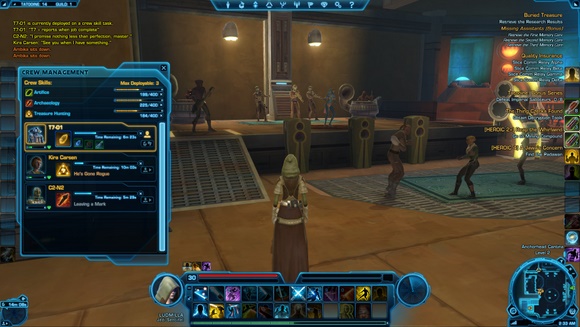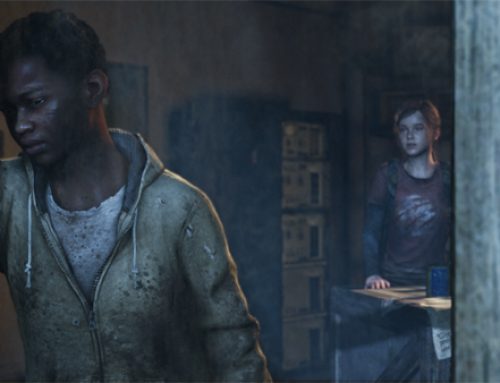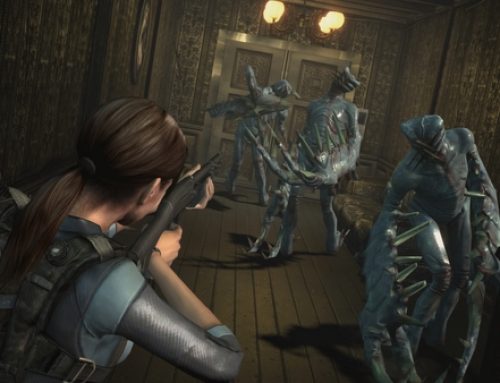Blogger’s note: Glitches with our blogging software prevented me from posting this early Friday morning, as planned.
In last week’s review of “Star Wars: The Old Republic,” BioWare’s new massively multiplayer online game, I focused on the big picture. “SWTOR” is a massive, plot-rich game that’s accessible to players who may be unfamiliar with the genre. It’s been tremendous fun running through quests with friends, joining a guild, crafting items and exploring the huge world BioWare has put together.
That said, there are a lot of niggling pet peeves or details I didn’t explore in my review because I didn’t want the idea that I love the game to get lost amidst minutiae about interfaces and processes. Here, in a bit more detail, are thoughts on some of those processes.
Playing is a snap: Other than heavy traffic the first week or two after release, there hasn’t been much of a wait to get onto the servers I’m playing. Even during the first week, the longest I waited to play was maybe 5 to 10 minutes. Complaints about server capacity surfaced from some players during the early-access period and shortly after launch, but these seem to have died down. In-game, meeting up with friends is relatively easy. Though there’s no in-game group voice chat, my three friends and I conference via Skype.
Perpetual poverty: My biggest, latest beef with “The Old Republic” is that, since Level 25, my jedi sentinel, Ludmilla, has been teetering on the verge of bankruptcy.
Almost everything you’ll need in “SWTOR” costs credits, the Star Wars universe’s equivalent of dollars. You’re constantly earning credits as you complete missions but, much as in real life, your cash flow is never fast enough to keep up with the things you want to buy. When you level up, you’ll need to pay a trainer to unlock new skills. If you want to craft weapons, armor and other supplies, you have to pay money so your companions can gather resources. If you want to fly your starship to a distant world, it costs money. If you want to participate in space combat missions, you have to shell out credits to outfit your ship before you run a single mission. Your equipment degrades over time, so spending money on maintenance is essential.
At level 25, characters gain access to speeders, “SWTOR’s” equivalent of “World of Warcraft’s” mounts. The speeder, which helps you traverse levels faster, costs 8,000 credits, a reasonable amount. But the skill that you have to buy before your character can drive the speeder costs 40,000 credits, an amount of money so staggering for a low-level character that the game advises you to start saving FIVE levels early.
The practical implication of this is that from levels 20 to 25, you won’t be sending your crew out on gathering missions or buying ingredients, effectively halting crafting. If you didn’t outfit your starship between levels 15-17 (when you get your ship) and level 20, you won’t be running space missions until your wallet recovers enough to buy basic gear. Simply unlocking new skills and repairing equipment will eat up the lion’s share of your budget at these middle levels.
In other words, “The Old Republic’s” midgame is like when you move out of your parents’ house and realize how expensive rent and food and bills and everything are, and that your adult life will not, in fact, be one giant party with your friends from high school.
You’ll need to prioritize expenses and budget things in your head and, just like in real life, this isn’t always “fun.”
Crafting is a perfect time-waster: On the occasion I have been able to scrape together enough credits to send my companions out to gather resources, “SWTOR’s” crafting system is easy to learn and rewarding. Unlike in a lot of MMOs, crafting is handled not by your character, but by his or her companions. This frees you up to focus on important things like slicing people’s arms off with lightsabers and saving the galaxy.
Once you have more than one sidekick, you can keep one fighting alongside you while the others gather resources or create items. Then, once these items are created, you can disassemble them in hopes of learning superior versions of each of your crafting recipes. Playing with a group naturally creates plenty of downtime you can use for crafting. While your friends are off visiting trainers, selling loot or boarding spaceships to travel to your location, you can micromanage your crew.
Neighbors who don’t want any trouble: As an MMO rookie, one of the weirdest game concepts to get used to is “aggro radius,” in which each character attracts the attention of only those enemies in close proximity. Once enemies are beyond a certain distance away from each player, they won’t be drawn into a battle. It’s a game concept most MMO players are familiar with, but it’s still jarring to walk into a room and have Imperial troops on all sides of you standing around while you move from cluster to cluster, massacring them all three or four at a time.
Divvying up loot is easy and painless if your friends are nice: Like any MMO (or “Borderlands” if you haven’t played an MMO), “SWTOR” features a ton of different loot, ranging from junk that only exists to be sold at vendors to really cool, super-rare stuff you can only get from crafting, or running specific missions. When playing with a group of like-minded players, making sure everyone gets the loot he wants is a snap. Credits are divvied up evenly by default, whereas equipment is awarded via a die roll once everyone selects “need,” “greed,” “disassemble” or “pass.” Generally speaking, players select “need” for items they hope their character or companion will use. “Greed” is for if you just kind of want something to sell it, and gives you a lower range of numbers on the die roll. “Disassemble” can be used if you want your character to take the item apart to scavenge components, and “pass” is basically ceding the item to someone else. So long as you’re playing with a fair-minded group, the system works well enough. That said, there’s no stopping someone who wants to stockpile loot from just selecting “need” all the time.
Who empties the mission drop boxes?: Many of “SWTOR’s” missions, particularly the two- and four-person heroic quests, end with you turning something in at the mission drop box, which is about as exciting and glamorous as it sounds. Instead of talking to one of the game’s hundreds (thousands?) of voice-acted characters, you walk up to what looks like a library book drop and deposit proof of your epic deeds. This got me wondering who’s tasked with the unenviable job of emptying the mission drop box, sorting through heaps of animal tusks, rings, battle plans and other quest-related detritus. I hope he wears gloves.
PvP is apparently a work in progress: As I said in my review, I’ve played exclusively player-vs.-environment content so far. In PvE, you group with friends to tackle missions involving computer-controlled enemies. Gamers who prefer battling other people in player-vs.-player matches have been vocal about PvP play being unbalanced. Apparently, the Empire faction greatly outnumbers players in the Republic, and PvP play often consists primarily of hordes of Empire players camping out and slaughtering Republic players as they enter battle areas. I haven’t experienced this yet, but the anecdotes I’m hearing don’t make me eager to try PvP with my Republic character. If I want to get slaughtered online over and over again, I have “Call of Duty” for that. (Note: Some of the issues with camping have been patched, but the horrifying video above was still enough to scare me off of PvP.)
Follow Eric Wittmershaus on Twitter and join the GameWit blog group on Facebook.




